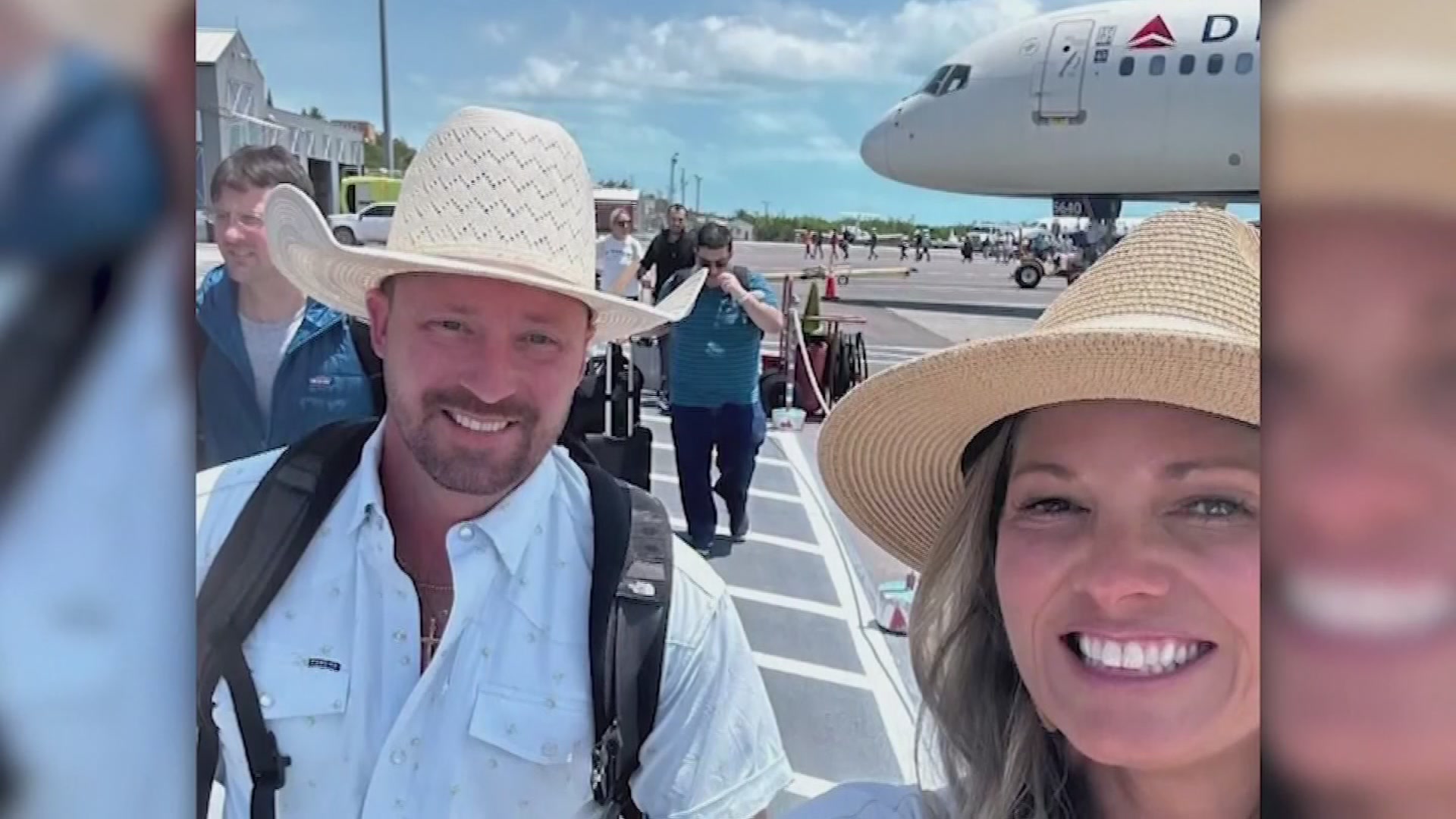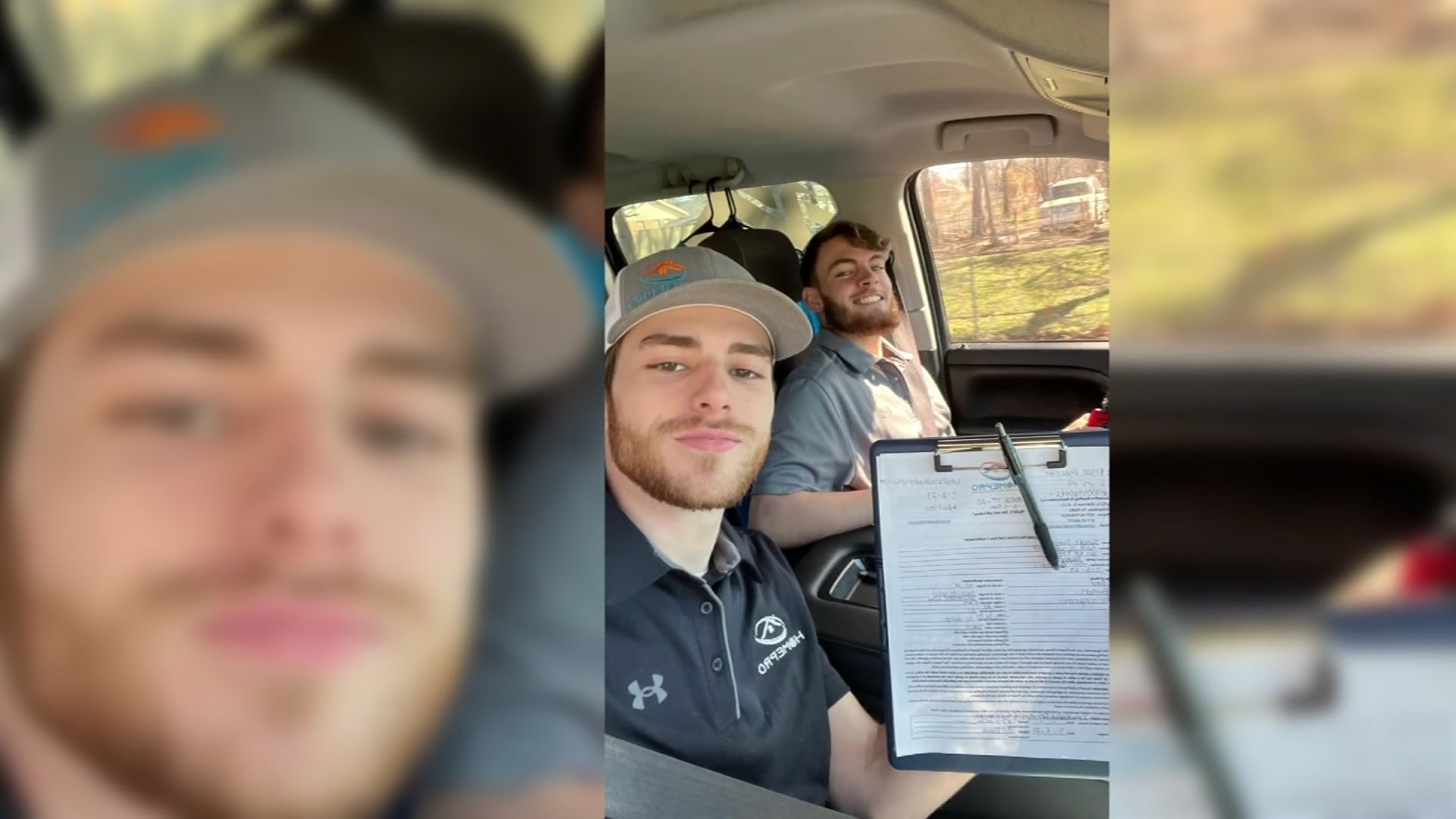Transportation officials are studying the feasibility of adding high speed passenger rail service to alleviate road congestion along an 850-mile corridor extending from Oklahoma City into South Texas.
The Texas-Oklahoma Passenger Rail Study, part of a national push to get more high speed rail lines across the country, is looking at how changes to passenger rail service would affect the Interstate 35 corridor that includes Dallas, Fort Worth, Austin and San Antonio.
"What we know is drivers spend way too many hours sitting in traffic on major roadways," said Veronica Beyer, spokeswoman for the Texas Department of Transportation.
The traffic problem is projected to get much worse in the coming decades. By 2035, average speeds on the stretch of I-35 between the Dallas-Fort Worth area and San Antonio are expected to drop to 15 mph from 55 mph, according to the Federal Railroad Administration's Federal Register entry on the study.
Transportation officials started holding meetings in communities along the corridor last week to get the public's input on how to improve rail options. Comments will be accepted through April 26.
Bill Glavin, director of TxDOT's rail division, said options up for discussion include where stops might be, what speeds the trains would travel, frequency of service and whether new lines would be built or existing ones improved. And, he adds, there's the possibility they'll propose no new action at the end of the study period.
Glavin said the study will cost about $11 million, funded in part by a $5.6 million grant from the Federal Railroad Administration.
Local
The latest news from around North Texas.
The study, which started in the fall and is due to wrap up in December 2014, will look at funding options as well as ranges of potential costs and revenues. In California this summer, officials will start work on the first stretch of track for a $68 billion bullet train that will eventually link Northern and Southern California with trains traveling up to 220 mph.
Henry Wulff, president of the Texas Association of Railroad Passengers, which wants to see "more trains, more often in more of Texas," said he hopes to attend the public meeting on the study being held this week in his South Texas town of Harlingen.
He said that with no passenger train service to South Texas, he has to make the four-hour drive to San Antonio.
"The important thing for us now is to see what the results of the study show," he said. "I think the question is whether financially it's going to work out."
The Texas-Oklahoma study will also look at the individual needs of three sections of the corridor: Oklahoma City to Dallas-Fort Worth, Dallas-Fort Worth to San Antonio and San Antonio to South Texas.
"Some portions of the corridor may have different needs from other portions of the corridor," Glavin said.
"Some may have needs for true high speed, but that's up for the people to tell us what is the best solution for them."
Existing rail service from Amtrak includes Heartland Flyer, which runs between Oklahoma City and Fort Worth; the Texas Eagle, which runs between Fort Worth and San Antonio; and the Sunset Limited, which runs from Los Angeles to New Orleans through San Antonio.
Glavin said concerns they've heard so far from the public include people concerned about the possibilities of new lines separating family farms to those who would like to have train service that's competitive with airlines.
For instance, he said, if people want the train trip from Oklahoma City to the Dallas-Fort Worth area -- which now takes four hours to Fort Worth and another hour to Dallas -- to take an hour, that train would need to run at higher speeds. The Heartland Flyer travels at speeds up to 79 mph.
Chris Evilia, director of the Waco Metropolitan Planning Organization, a federal agency program that helps coordinate transportation planning for McLennan County, was among those attending the meeting in Waco last week.
He said there is a desire in Waco to have a train stop at their downtown, which doesn't currently have an Amtrak stop. He said a high-speed stop in Waco that could get people to and from Dallas or Austin to their city in less than an hour would make the city a day-trip destination for visitors and could boost tourism.
Sheryl Ellis, vice mayor of Ardmore, Okla., attended the meeting last week in her city, where the Heartland Flyer stops on its once-a-day roundtrip between Oklahoma City and Fort Worth. She said she would like to eventually have more options of arrival and departure times for passengers leaving from Ardmore.
"I feel like with the price of gas the riding of the train is going to become more popular," Ellis said. "I think it's safe to say there's interest."



